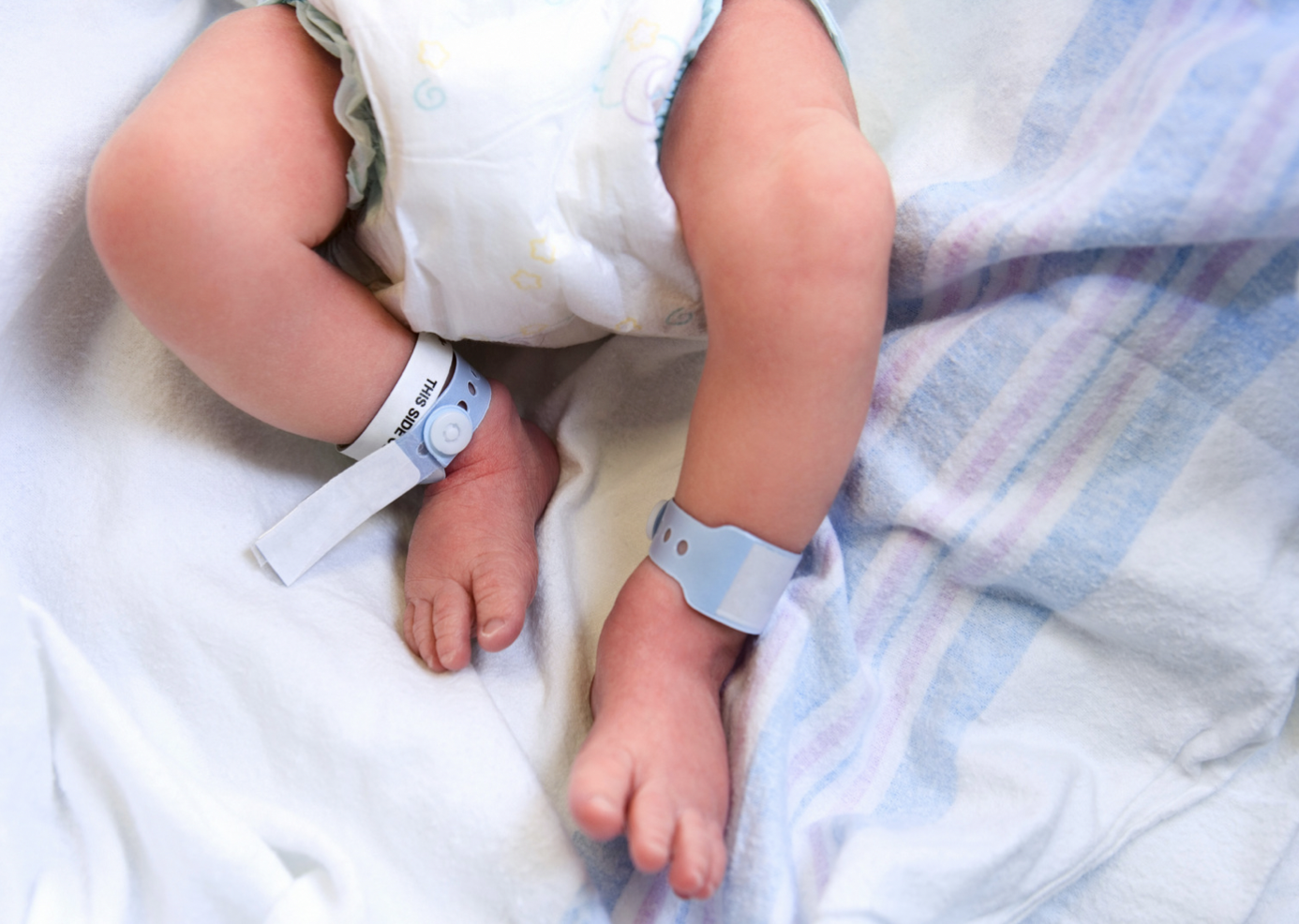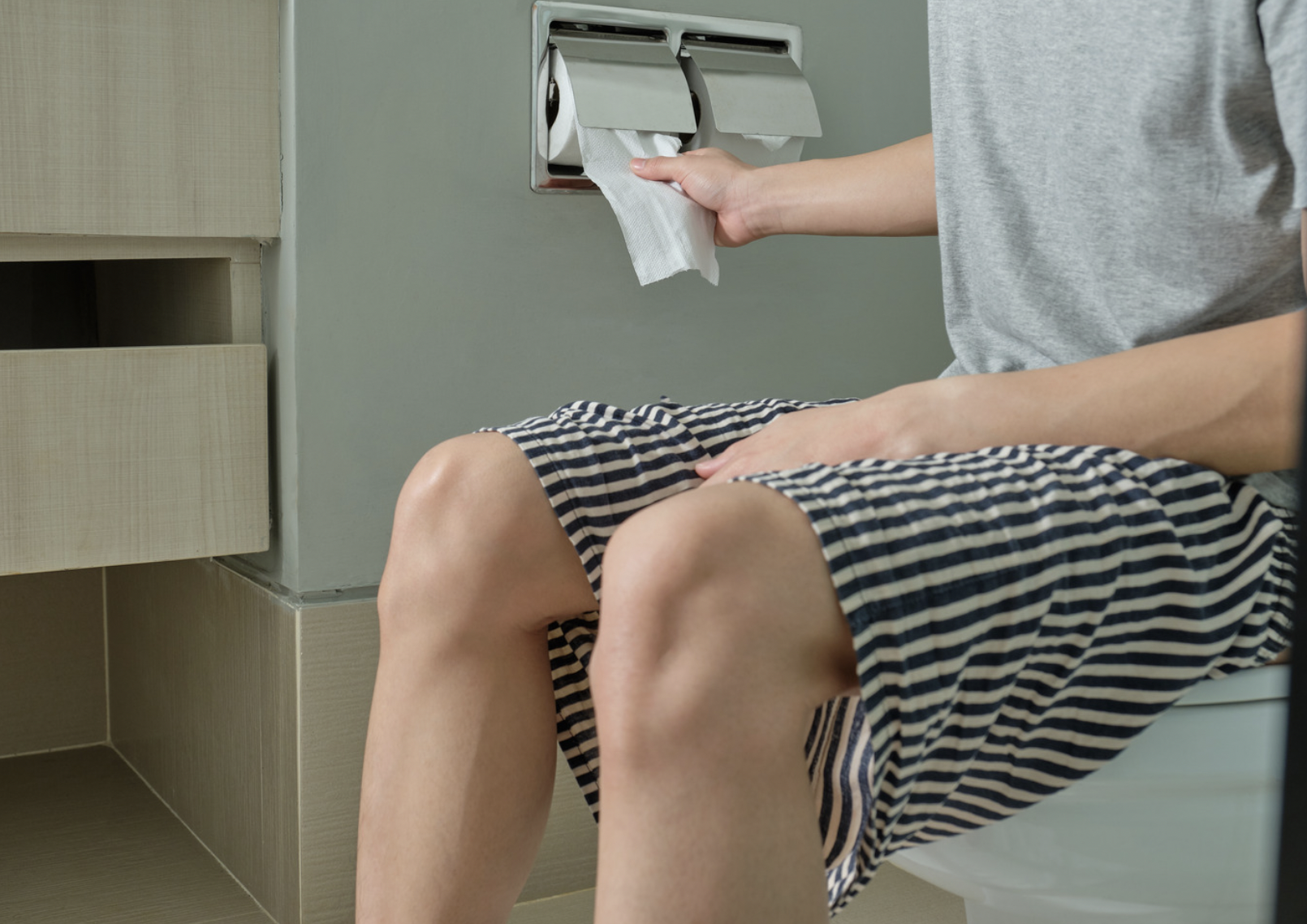Definition
Rectal prolapse occurs when the lower part of the large intestine (rectum) protrudes through the anus. The term "prolapse" refers to the falling or displacement of an organ from its usual position. Although rectal prolapse can cause discomfort, it is not typically considered an emergency. In some instances, it can be managed with stool softeners, but surgery may be required in more severe cases.
There are different types of rectal prolapse, such as:
- The entire rectum prolapses through the anus
- A section of the rectal wall protrudes from the anus
- The rectum shifts but does not protrude from the anus (internal prolapse)
Rectal prolapse is frequently observed in older adults, individuals with chronic constipation, or those with weakened lower abdominal muscles. It is more prevalent among women, individuals over the age of 50, and those who have gone through menopause. Infants and children may also experience rectal prolapse.
This condition is distinct from hemorrhoids, which are swollen blood vessels in the anus and lower rectum that cause discomfort, pain, and bleeding. Early-stage rectal prolapse may resemble hemorrhoids, but additional examination is needed to confirm the diagnosis.
Causes
Several factors can lead to rectal prolapse, including:
- Chronic constipation
- Chronic diarrhea
- History of straining during bowel movements
- Advancing age, which weakens the muscles and ligaments supporting the rectum
- Weakness of the anal sphincter, the muscle responsible for controlling stool release from the rectum
- Pelvic trauma or injury
- Nerve damage, which can occur due to pregnancy, difficult childbirth, sphincter paralysis, spinal cord injuries, or surgeries involving the pelvis or back
Risk Factor
Certain risk factors increase the likelihood of developing rectal prolapse:
- Female gender
- Age over 50
- Long-term constipation
- History of surgeries involving the lower abdomen
- Frequent straining during bowel movements
- Although childbirth is a known risk factor, about one-third of women with rectal prolapse have never given birth
Symptoms
A noticeable symptom of rectal prolapse is the appearance of a red lump that protrudes from the anus, especially after straining during bowel movements. The lump may retract into the anus or remain outside.
Other possible symptoms include:
- Inability to control bowel movements (incontinence)
- Constipation or diarrhea
- Mucus or blood discharge from the rectum
- A sensation of incomplete bowel evacuation
Diagnosis
The doctor will investigate your primary concern and any related symptoms. A physical examination of the rectum will be performed. Since other conditions such as urinary incontinence, bladder prolapse, and uterine prolapse can coexist with rectal prolapse, a comprehensive examination by a multidisciplinary medical team is essential. The diagnostic procedures may include:
- Digital rectal exam. The doctor inserts a gloved, lubricated finger into the rectum to evaluate the strength of the anal sphincter muscles and detect any abnormalities. You will be asked to push as if having a bowel movement. If the rectum protrudes during this process, rectal prolapse can be diagnosed.
- Anal manometry. A small, flexible tube is inserted into the anus to measure the strength of the anal sphincter and the rectum's sensitivity.
- Colonoscopy. To exclude other conditions like polyps and colon cancer, a colonoscopy is performed, where a camera is inserted into the rectum to examine it in detail.
- Defecography. This procedure uses a contrast agent along with MRI or X-ray imaging to assess structural changes in the digestive tract and evaluate muscle function.
Management
For mild rectal prolapse, treatment focuses on reducing constipation through stool-softening medications. In more severe cases, surgical intervention is required to correct the prolapse.
Surgical methods vary, with the approach determined by the patient’s age, overall health, the extent of the prolapse, and other diagnostic findings. The two most common surgical options are:
- Abdominal approach. An incision is made in the abdominal muscles, and the surgery is performed under general anesthesia. This approach typically involves rectopexy (fixing or binding the rectum) and may include resection (removal of a segment of the intestine), particularly for patients with severe constipation.
- Rectal or perineal approach. This option is often chosen for older patients or those with other medical conditions. The two primary procedures are the Altemeier procedure (perineal proctosigmoidectomy), where the entire protruding rectum is removed and the remaining ends are sewn together, and the Delorme procedure, which involves removing only the innermost wall of the rectum.
Complications
Complications usually arise from surgical intervention, including:
- Intra-abdominal bleeding
- Infection
- Urinary retention
- Recurrent rectal prolapse, occurring in approximately 40% of cases, which may be prevented by consuming a high-fiber diet and staying hydrated
- Worsening fecal incontinence
- Worsening constipation
- Strangulation, a condition where blood flow is compromised due to rectal prolapse that cannot be reinserted, requiring immediate medical attention
Prevention
Since constipation and straining during bowel movements are key risk factors for rectal prolapse, the following strategies can help reduce the risk:
- Increase fiber intake by consuming more fruits and vegetables
- Drink 6–8 glasses of water daily
- Engage in regular physical activity
- Avoid activities that exert pressure on the rectum, such as heavy lifting or straining
- If you have a persistent cough, seek medical evaluation
- Maintain an ideal body weight and lose weight if necessary
- Consult a doctor if you frequently experience constipation, as they can prescribe laxatives or stool softeners to alleviate the condition
When to See a Doctor?
Seek medical attention if rectal prolapse symptoms are accompanied by:
- Fever
- Chills
- Redness
- Bleeding
- Constipation
- Inability to control bowel movements (incontinence)
Looking for more information about other diseases? Click here!
- dr Nadia Opmalina
Cleveland clinic medical professional. (2018). Rectal prolapse. Clevelandclinic. Available from: https://my.clevelandclinic.org/health/diseases/14615-rectal-prolapse
Segal J, McKeown DG, Tavarez MM. Rectal Prolapse. [Updated 2021 Oct 11]. In: StatPearls [Internet]. Treasure Island (FL): StatPearls Publishing; 2021 Jan-. Available from: https://www.ncbi.nlm.nih.gov/books/NBK532308/
John Hopkins Medicine. Rectal prolapse. Available from: https://www.hopkinsmedicine.org/health/conditions-and-diseases/rectal-prolapse
Sun C, Hull T, Ozuner G. Risk factors and clinical characteristics of rectal prolapse in young patients. J Visc Surg. 2014 Dec;151(6):425-9. doi: 10.1016/j.jviscsurg.2014.07.013. Epub 2014 Sep 18. PMID: 25242503.
Pathak N. (2020). Rectal prolapse. WebMD. Available from: https://www.webmd.com/digestive-disorders/what-is-rectal-prolapse
Mayo Clinic Staff. (2021). Rectal prolapse. MayoClinic. Available from: https://www.mayoclinic.org/diseases-conditions/rectal-prolapse/diagnosis-treatment/drc-20450472










